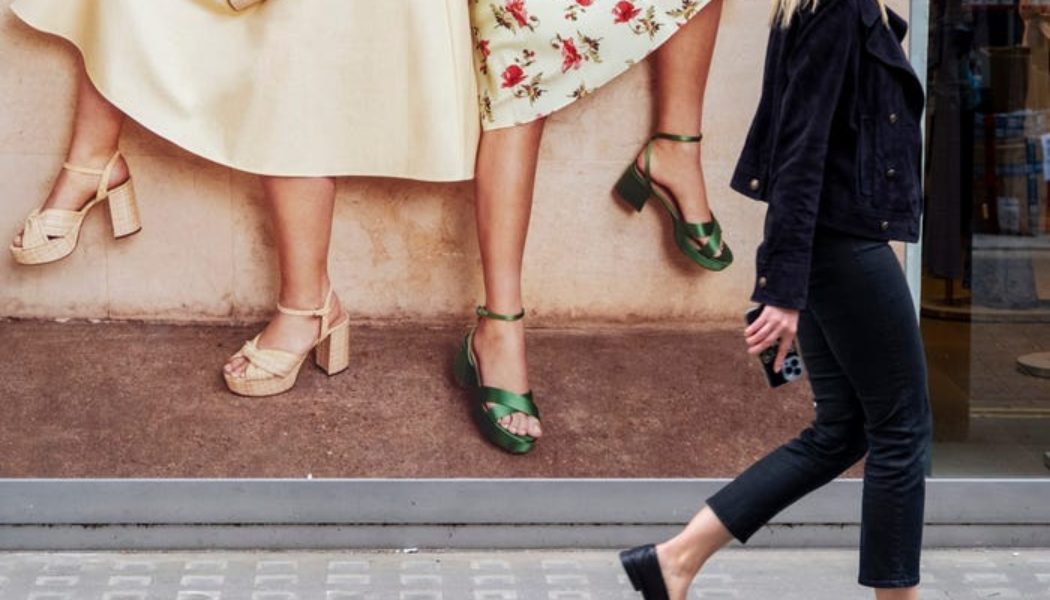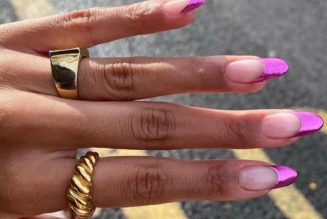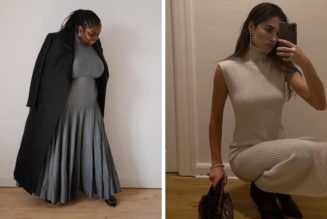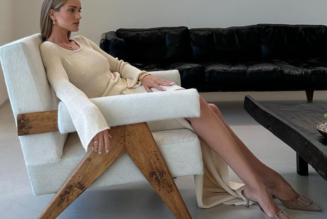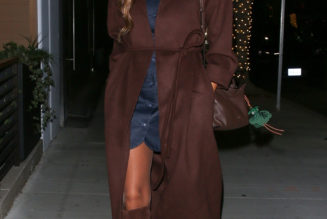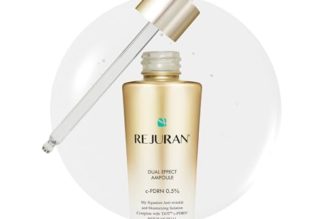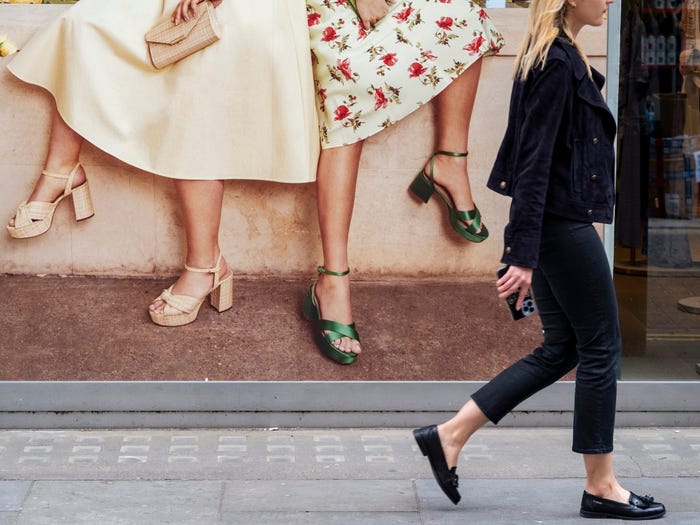
- Hermès, LVMH, and Kering share prices fell this week, wiping out $60 billion in market value.
- Experts say investors were likely spooked by slowing demand in the US and new uncertainty in China.
- While the uber-rich are likely to continue spending, middle-income shoppers could pull back.
A group of European-listed luxury stocks dived on Tuesday morning and continued to drop Wednesday, casting doubt over whether this corner of the market is as recession-resilient as investors once thought.
According to Bloomberg, the dip in the share price of major players including Hermès, LVMH, and Gucci-owner Kering wiped out around $60 billion in market value.
These ultra-luxury companies have long had a reputation for being solid investments in an economic downturn because their core customer is so rich that a recession doesn’t curb their spending.
But the market’s reaction this week suggests that investors are questioning whether it’s enough to rely on the ultra-rich.
The aspirational crowd is under pressure
2021 and 2022 were boom times for the luxury market. After contracting during the COVID-19 pandemic, the sector grew back to €1.15 trillion ($1.24 trillion) in 2021 and grew a further 19% to 21% in 2022, per consultancy Bain’s estimates.
Consumers stuck at home during COVID-19 lockdowns emerged with cash to spend thanks to newly acquired savings and extra spending money from government stimulus checks. These consumers, often middle and lower-income shoppers, were dubbed the “aspirational” crowd who snapped up more accessible luxury products like sneakers and accessories.
But while they aren’t the core customer base for the very top luxury brands, they’re growing in importance, so it matters that their finances are coming under strain as we enter a global recession.
Milton Pedraza – founder and CEO of consulting firm the Luxury Institute – broke down the consumer segments in a call with Insider.
The ultra-rich account for 40% of sales at the top luxury brands, the very rich 30%, and then everyone below that is around 20% to 30% of sales, he said. Their business isn’t immaterial and it’s growing.
Think of it like this, he said, it’s the difference between single and double-digit growth – and that’s what’s spooking investors.
Luxury brands are resilient but not immune
In a note to clients on Tuesday morning, a group of Deutsche Bank analysts warned that “slowing to negative growth year-on-year in the US is a building concern, especially given signs of softening demand from more economically sensitive aspirational consumers.”
These sentiments aren’t new, US luxury consumer spending has been slowing down for some time in the US, and companies like LVMH have cited softer demand in recent earnings calls.
But this, combined with news that China is bracing for a second wave of COVID-19 and therefore may not be able to splurge on luxury goods as investors hoped, means that the market isn’t as stable as it once seemed.
“Clouds are gathering … and their resilience is weathering,” Pedraza said.
Luxury brands have traded off the perception of being reassuring and protective in uncertain times. Hermès is an extreme example of this, its handbags which sell for upward of $10,000 are often seen as more solid investments than gold or the stock market.
“Clients are buying an extended version of themselves, which in times of uncertainty is even more valuable,” Daniel Langer, a Pepperdine University luxury professor and CEO of the luxury strategy firm Équité, told Insider.
“Even luxury clients with less spending power tend to continue, to a large extent, making luxury purchases in times of volatility and economic downturns,” he said, using the historical growth track record of the luxury sector as evidence of this.
But prices have soared and there’s no guarantee that the aspirational shopper will continue to see value in these purchases.
So, it’s over to the uber-wealthy to keep the momentum rolling and ensure that LVMH boss Bernard Arnault stays firmly at the top of the rich list.
